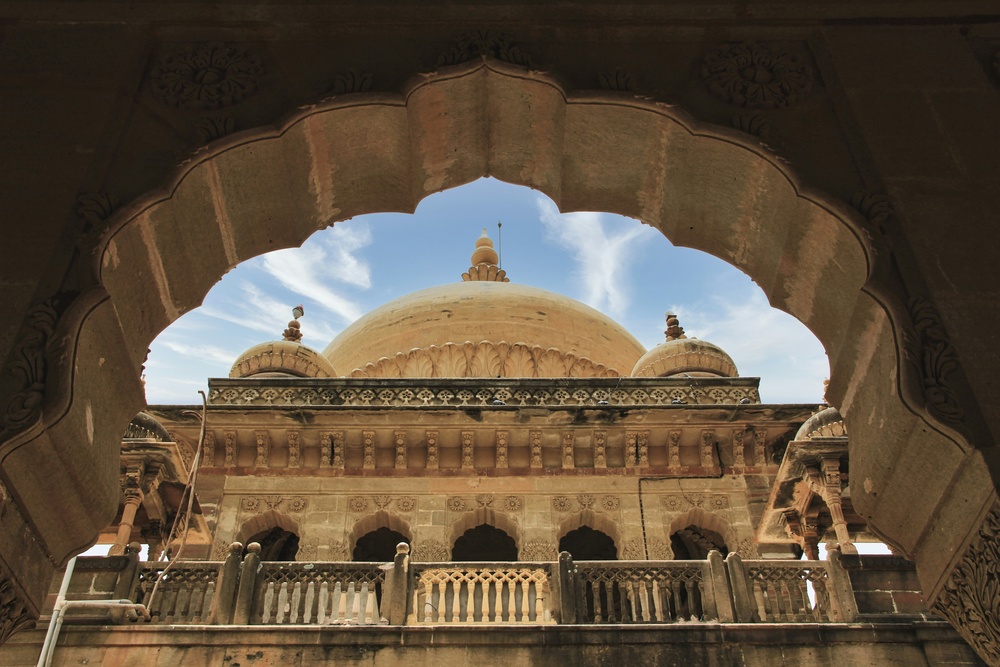Golden Triangle India: Discover Delhi, Agra, and Jaipur in One Iconic Journey
The Golden Triangle India is one of the most celebrated travel circuits in the country, offering a captivating glimpse into India’s rich history, vibrant culture, and architectural grandeur. Comprising three iconic cities—Delhi, Agra, and Jaipur—this triangular route forms a cultural corridor that is ideal for both first-time visitors and seasoned travelers. Whether you’re drawn by Mughal marvels, Rajputana royalty, or bustling bazaars, the Golden Triangle India promises an unforgettable journey.
What is the Golden Triangle India?
The term “Golden Triangle” refers to the triangular shape formed by the locations of Delhi, Agra, and Jaipur on a map. This route spans approximately 720 kilometers and is typically covered in a span of 6 to 8 days. Each city within the Golden Triangle offers a unique perspective on India’s diverse heritage—from the Mughal architecture of Delhi and Agra to the regal palaces of Jaipur.
First Stop: Delhi – The Dynamic Capital
Delhi, the starting point of the Golden Triangle India tour, is a city of layers—where ancient monuments stand side by side with colonial structures and modern skyscrapers.
Must-Visit Attractions in Delhi:
- Red Fort: A UNESCO World Heritage Site, this Mughal marvel is a powerful reminder of India’s imperial past.
- Qutub Minar: One of the tallest minarets in the world, dating back to the 12th century.
- India Gate and Rashtrapati Bhavan: Symbolic of colonial-era India and the country’s democratic governance.
- Humayun’s Tomb: The architectural precursor to the Taj Mahal.
- Chandni Chowk: Delhi’s oldest market, perfect for street food, spices, and textiles.
Delhi blends the past and the present with unmatched vibrancy. It’s a place where you can visit an ancient mosque in the morning and enjoy contemporary art exhibitions in the afternoon.
Second Stop: Agra – The City of Eternal Love
Agra, the next stop in the Golden Triangle India, is world-famous for housing the symbol of love—the Taj Mahal. But there’s much more to Agra than just this iconic monument.
Top Attractions in Agra:
- Taj Mahal: A symbol of eternal love and a UNESCO World Heritage Site, it is the crown jewel of Mughal architecture.
- Agra Fort: A majestic red sandstone fort where Emperor Shah Jahan was imprisoned.
- Mehtab Bagh: A garden offering a panoramic view of the Taj Mahal from across the Yamuna River.
- Fatehpur Sikri: Located just outside Agra, this abandoned Mughal city showcases stunning architecture and historical intrigue.
Agra is a photographer’s paradise, especially at sunrise and sunset, when the Taj glows with mesmerizing hues.
Third Stop: Jaipur – The Pink City
The final leg of the Golden Triangle India is Jaipur, the capital of Rajasthan. Known as the “Pink City” for its blush-colored buildings, Jaipur is a feast of colors, history, and royal splendor.
Key Attractions in Jaipur:
- Amber Fort: A majestic hilltop fort that combines Hindu and Mughal architecture.
- City Palace: Still home to the royal family, it offers a glimpse into royal Rajasthani life.
- Hawa Mahal (Palace of Winds): An ornate facade with 953 windows designed for royal women to observe street festivals.
- Jantar Mantar: An 18th-century astronomical observatory and a UNESCO World Heritage Site.
- Local Bazaars: From Johari Bazaar for jewelry to Bapu Bazaar for textiles and handicrafts, shopping in Jaipur is an experience in itself.
Jaipur’s royal palaces and vibrant markets offer an immersive dive into Rajasthan’s regal culture and craftsmanship.
Why Choose the Golden Triangle India?
The Golden Triangle India route is perfect for those seeking a condensed yet comprehensive Indian travel experience. Here’s why:
- Accessibility: All three cities are well-connected by road, rail, and air. The Yamuna Expressway between Delhi and Agra, and the Jaipur-Agra highway, make travel quick and comfortable.
- Diverse Experiences: From Mughal tombs and colonial buildings to forts, temples, and bustling local markets—every type of traveler finds something to love.
- Culinary Delights: Sample Delhi’s street food, Agra’s petha (a sweet delicacy), and Jaipur’s traditional Rajasthani thali. Each city offers a culinary journey as rich as its heritage.
- Cultural Immersion: Experience folk music and dance in Jaipur, Sufi nights in Delhi, and Mughal storytelling in Agra.
Best Time to Visit the Golden Triangle India
The ideal time to explore the Golden Triangle India is between October and March. The weather during these months is pleasant, making sightseeing more enjoyable. These months also coincide with major festivals like Diwali, Holi, and the Jaipur Literature Festival, offering an extra layer of cultural richness.
Travel Tips for the Golden Triangle Tour
- Hire a Guide: A knowledgeable local guide can enrich your understanding of each monument and its historical significance.
- Stay Hydrated: Carry bottled water, especially during warmer months.
- Respect Local Customs: While India is modernizing rapidly, modest attire is recommended when visiting religious sites.
- Plan Ahead: Book your tickets for major attractions like the Taj Mahal in advance, especially during peak tourist season.
Final Thoughts
The Golden Triangle India journey is more than just a travel itinerary—it’s a deep dive into the soul of India. With its harmonious blend of Mughal, Rajput, and colonial legacies, this route captures the essence of India’s vast historical and cultural wealth. Whether you’re a history buff, culture lover, foodie, or architecture enthusiast, this iconic triangle offers something for everyone. So pack your bags and get ready to uncover the wonders of Delhi, Agra, and Jaipur on one unforgettable journey.


